Increased Focus on Mental Health
The child rehabilitation market is witnessing a growing emphasis on mental health services for children. As societal attitudes shift towards recognizing the importance of mental well-being, there is a corresponding rise in demand for psychological support and rehabilitation services. In the GCC, mental health issues among children are becoming more visible, with estimates suggesting that up to 20% of children may experience mental health challenges. This trend is prompting healthcare systems to expand their rehabilitation offerings to include mental health services, thereby broadening the scope of the child rehabilitation market and addressing the diverse needs of young patients.
Growing Prevalence of Disabilities
The child rehabilitation market is significantly influenced by the rising prevalence of disabilities among children in the GCC region. According to recent statistics, around 7% of children in the region are diagnosed with some form of disability, which necessitates specialized rehabilitation services. This trend is likely to continue, as advancements in diagnostic techniques lead to earlier identification of disabilities. Consequently, the demand for tailored rehabilitation programs is expected to increase, prompting healthcare providers to enhance their offerings. The child rehabilitation market is thus positioned for growth, driven by the need to support children with diverse needs.
Rising Awareness of Child Development Issues
The child rehabilitation market is experiencing a notable increase in awareness regarding developmental issues among children. Parents and caregivers are becoming more informed about the importance of early intervention in cases of physical, emotional, or cognitive challenges. This heightened awareness is likely to drive demand for rehabilitation services, as families seek professional help to address these issues. In the GCC, studies indicate that approximately 15% of children may require some form of rehabilitation, which underscores the potential market size. As awareness campaigns proliferate, the child rehabilitation market is expected to expand, with more families recognizing the benefits of timely intervention.
Enhanced Collaboration Among Healthcare Providers
The child rehabilitation market is benefiting from improved collaboration among various healthcare providers, including hospitals, clinics, and educational institutions. This collaborative approach facilitates a more integrated care model, where professionals from different disciplines work together to create comprehensive rehabilitation plans for children. In the GCC, initiatives promoting interdisciplinary teamwork are gaining traction, which may lead to better outcomes for children requiring rehabilitation. As these partnerships strengthen, the child rehabilitation market is likely to see an increase in service availability and quality, ultimately enhancing the overall effectiveness of rehabilitation efforts.
Technological Advancements in Rehabilitation Techniques
The child rehabilitation market is increasingly influenced by technological advancements that enhance rehabilitation techniques and outcomes. Innovations such as virtual reality, teletherapy, and mobile health applications are transforming how rehabilitation services are delivered. In the GCC, the adoption of these technologies is on the rise, with reports indicating that approximately 30% of rehabilitation providers are integrating digital solutions into their practices. This trend not only improves accessibility for families but also allows for more personalized and effective rehabilitation programs. As technology continues to evolve, the child rehabilitation market is expected to expand, driven by the potential for improved patient engagement and outcomes.


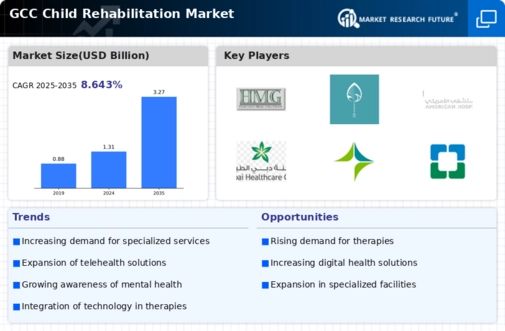
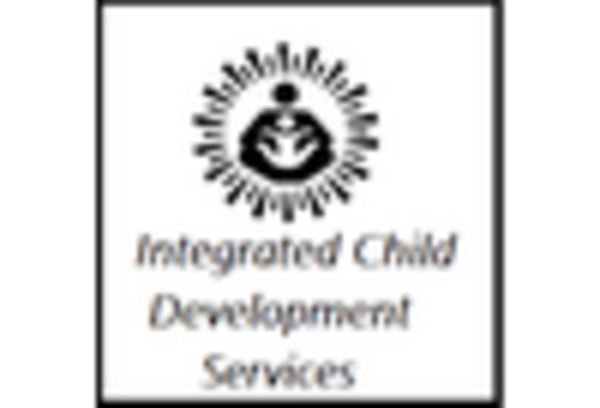
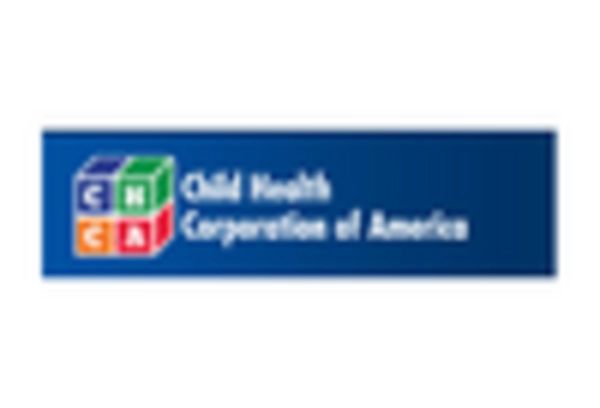
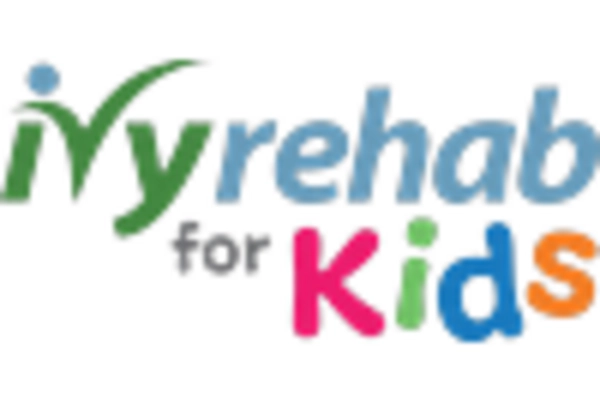

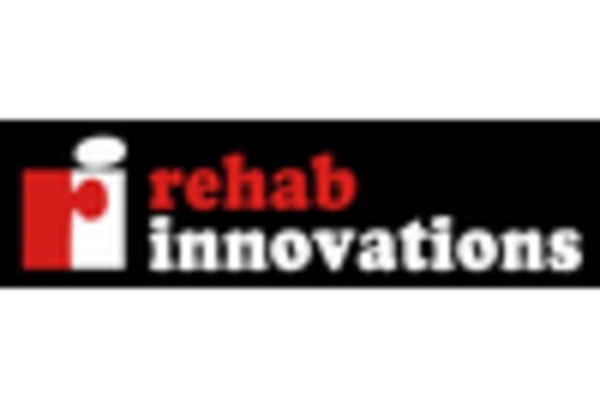
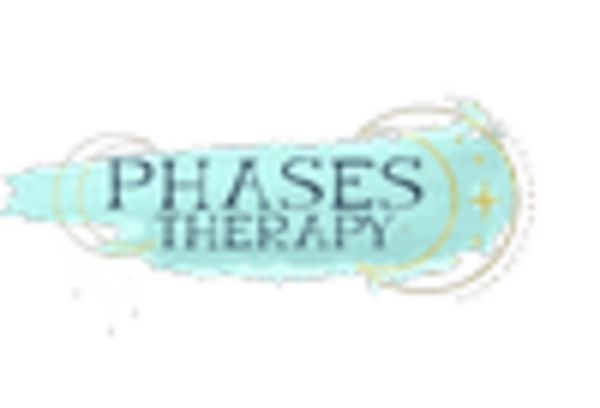








Leave a Comment